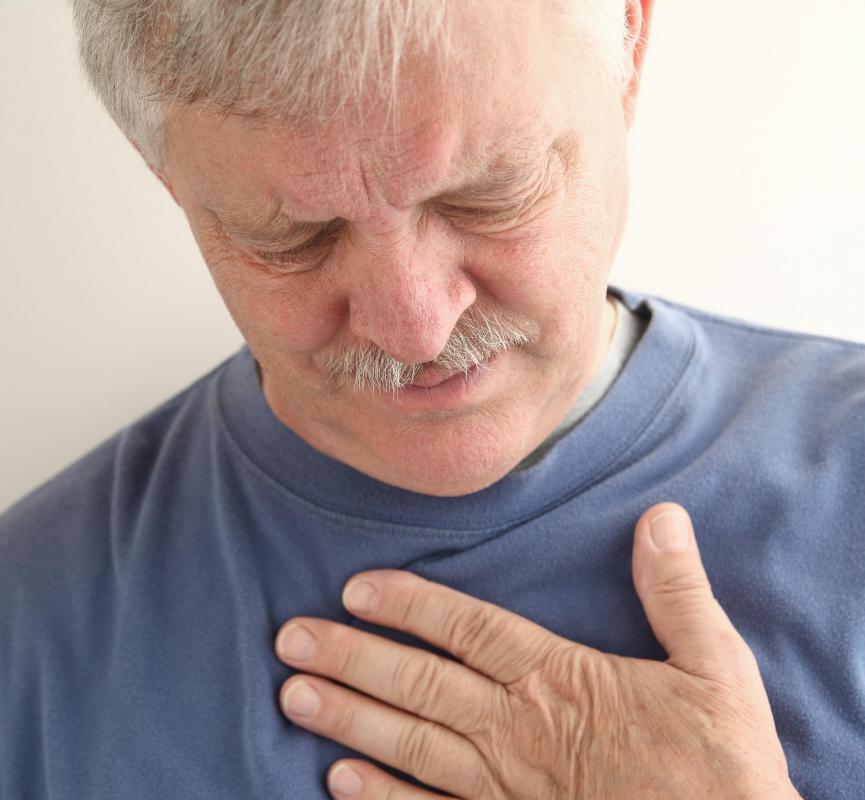At TheHealthBoard, we're committed to delivering accurate, trustworthy information. Our expert-authored content is rigorously fact-checked and sourced from credible authorities. Discover how we uphold the highest standards in providing you with reliable knowledge.
What is Erosive Esophagitis?
Erosive esophagitis is an inflammation of the cell layer that lines the inside of the esophagus. This condition is a complication that results from severe gastroesophageal reflux disease (GERD). Stomach acid that escapes backward up into the esophagus, or refluxes, can damage the epithelial cells that make up the esophageal lining.
The esophagus is the tube that carries food from the mouth into the stomach. At the point where the esophagus connects to the stomach, there is a round sphincter muscle that opens to allow food to enter the stomach. The sphincter muscle closes as digestion begins so that acid from the stomach cannot flow back into the esophagus. If the sphincter muscle does not close, the patient may experience pain or heartburn.

If heartburn occurs more than a few times in a week, this may then be called GERD. The lining of the stomach is coated with a layer of mucus to protect the cells from hydrochloric acid, which aids in digestion. Squamous epithelial cells line the esophagus, and these cells are not protected by mucus and thus are not meant to be in contact with stomach acid for long periods of time. With chronic GERD, these epithelial cells can be damaged and the patient may develop erosive esophagitis.

Pain and severe heartburn are the primary symptoms of both GERD and erosive esophagitis. Diagnosis is usually made after the physician takes a complete history and understands the symptoms. Extensive diagnostic tests are not usually needed unless the symptoms are quite severe and previous treatment methods have been unsuccessful.
The physician will most likely start with a simple treatment plan that may include medication and adjustments in lifestyle. GERD can be triggered by substances such as caffeine, alcohol, and tobacco, which are known to cause the sphincter muscle at the lower end of the esophagus to relax. These substances may also stimulate acid production. Pregnancy or being overweight can also put pressure on the esophageal sphincter muscle.

To help control GERD, patients should avoid spicy foods, carbonated drinks, and foods that are high in fat. Fatty foods take longer to digest and will remain in the stomach longer. In addition, patients should eat smaller meals and remain upright for a few hours after a meal; lying down after eating can contribute to GERD.
There are different types of medication that may be helpful in relieving symptoms of GERD. Antacids will neutralize acid that has already been secreted. Histamine-2 blockers may be taken 30-60 minutes before eating and these drugs function to block acid secretion. Proton pump inhibitors are another type of medication that reduces acid production.

By eliminating the causes of GERD, the inflammation causing erosive esophagitis may then have a chance to heal. If the pain and heartburn persist, the physician may want to use an endoscope to examine the lining of the esophagus. There are surgical options to repair the esophageal sphincter muscle. Lifestyle changes and medication usually result in healing of erosive esophagitis with one to three months.
AS FEATURED ON:
AS FEATURED ON:















Discuss this Article
Post your comments